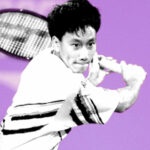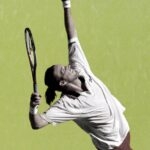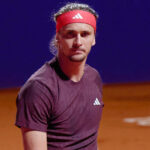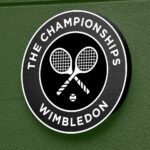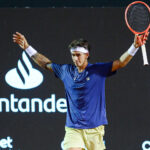September 2, 1977: The day Stan Smith was beaten by a spaghetti racquet
Every day Tennis Majors looks back at the biggest moments in tennis history. On September 2, 1977, Stan Smith was beaten by a man wielding a spaghetti racquet
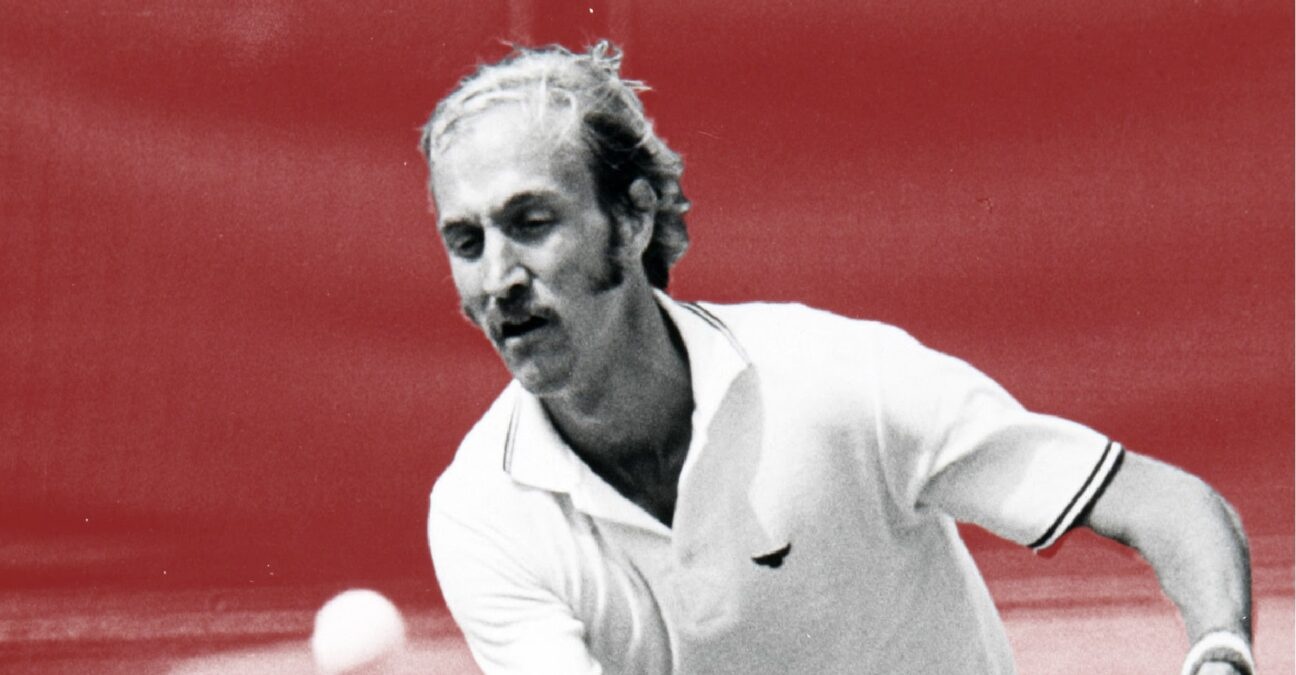 Stan Smith
Stan Smith
What happened exactly on that day
On this day, September 2, 1977, in the second round of the US Open, world No 200 Mike Fishbach created one of the biggest upsets in tennis history as well as a memorable controversy, beating former champion Stan Smith, 6-0, 6-2, using the famous spaghetti racquet. This double-strung racket generated unusual and unpredictable spin, and it would only take a few months before it was banned from professional tennis.
The men involved: Stan Smith and Mike Fishbach
- Stan Smith, Wimbledon and US Open champion
Stan Smith, born in 1946, had been one of the greatest players of the early 1970s. Runner-up at Wimbledon in 1971 (defeated by John Newcombe, 6-3, 5-7, 2-6, 6-4, 6-4), he triumphed two months later at the US Open, which was then still played on grass (beating Jan Kodes in the final, 3-6, 6-3, 6-2, 7-6).
In 1972, he clinched a second Grand Slam crown at Wimbledon, edging Ilie Nastase in the final (4-6, 6-3, 6-3, 4-6, 7-5). Between 1972 and the middle of 1973, when he claimed no fewer than 17 titles, Smith was considered as the world No 1, although he never held that spot on the ATP ranking, which was established only in August 1973. He also reached the semi-finals at Forest Hills in 1973 (lost to Kodes, 7-5, 6-7, 1-6, 6-1, 7-5) and at Wimbledon in 1974 (defeated by Ken Rosewall, 6-8, 4-6, 9-8, 6-1, 6-3).
From 1975 onwards, he declined in singles and obtained his best results in doubles, where, partnering Bob Lutz, he had previously claimed three Grand Slam titles (the Australian Open in 1970, the US Open in 1968 and 1974) and reached five major finals. Nevertheless, Smith was still world No 15 at the start of the 1977 US Open.
- Mike Fishbach, world No 200, former college player
A former UC Irvine player, Mike Fishbach, born in 1954, was travelling in Europe in 1977 when he saw an Australian player, Barry Phillips-Moore, playing with a strange double-strung racket. Although Phillips-Moore didn’t let him try it out, Fishbach, led by his curiosity, managed to find one and became slowly famous for using this unlikely instrument.
The place: The famous West Side Tennis Club, Forest Hills
The US Open (known as the US Nationals before 1968 and the start of the Open Era), was established in 1881, and, although it is the only Grand Slam to have been played every single year without an interruption since its beginning, it moved locations several times throughout the 20th century. First held in August 1881 on grass courts at the Newport Casino on Rhode Island, the tournament moved to New York in 1915, where it was held at the West Side Tennis Club at Forest Hills until 1977 (with the exception of the years between 1921 and 1923, when the event was moved to Philadelphia). In the years between 1975 and 1977, the event was played on clay.
The facts: Spaghetti racquet cooks up a storm
On paper, no one expected the US Open second round between a declining legend and the world No 200 to be one of the most memorable and controversial matches in tennis history. However, more than the players themselves, it was the racket used by Fishbach that went down in history.
In the previous few months, Fishbach had started to use what was referred to as “the spaghetti racquet”, which he had discovered during the European tour. Invented in Germany by Werner Fischer, it was already used by an Australian player, Barry Phillips-Moore. Actually, the difference was not about the racquet itself, but about the stringing technique. According to The New York Times, “the elements included nylon strings doubled up, with fish‐test line wound around them six rows vertically and six rows horizontally. Adhesive tape and plastic tubing, resembling macaroni, were used to protect the concoction where the strings cross.”
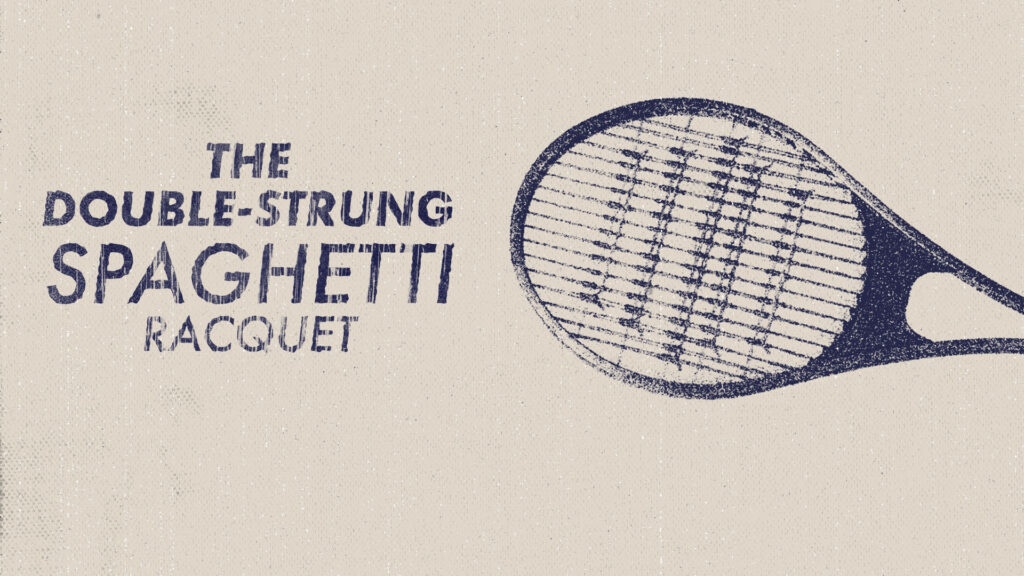
This double-strung racquet generated such an amazing spin that most of his opponents were incapable of playing their game. Fishbach, who had never played a major main draw before, made his way out of the qualifiers, and defeated world No 71 Billy Martin in the first round (6-1, 7-5). In the second round, against Smith, the world No 15 and a veteran, Fishbach and his spaghetti racquet were facing a real test. The test was short-lived: the 1971 US Open champion could not deal with the unbelievable spin given to Fishbach’s shots by the spaghetti strings.

“Everybody laughs at my mystery racquet,” said Fishbach, as reported in The New York Times the next day. “But it works. It makes my normal topspin drive behave like Borg’s or Vilas’s, giving it a special dip at the end. Everything I hit comes off differently. It helps me a lot and, I suppose, it hurts my opponent psychologically.”
The spaghetti racquet was now one of the major conversation topics in the alleys of the West Side Tennis Club. Although some questioned its legality at the time, there was nothing in the existing rules to forbid the use of such an instrument: the racquet was only defined then as the instrument employed to strike the ball. Fishbach even said, “I can use my apple juice bottle to hit the ball if I want to.”
The 22-year-old American also declared that playing with the spaghetti racquet required some skills and said that not everyone could successfully use it: “Just this morning (Italy’s Adriano) Panatta wanted to try it and I laughed but let him have a go. He hit every ball smack into the back screen.”
What next: Fishbach beaten; spaghetti racquet is banned
Mike Fishbach would be defeated in the third round of the US Open, after winning the first set against John Feaver (2-6, 6-4, 6-0). The British player, although disturbed at first by the spaghetti-racquet spin, found his own solution.
“You don’t know what’s going on with the bloody thing. You can’t hear the ball come off the face. It looks like an egg in flight,” he said following the match, after eventually playing serve-and-volley to combat he spin.
In the following months, the controversy grew as more players tried the spaghetti racquet. During a tour in France, Ilie Nastase himself tried it after being unexpectedly defeated by a spaghetti-racket user, Frenchman Georges Goven. Using the new instrument, Nastase beat Guillermo Vilas, who retired before the end of the match. These events led tennis authorities to ban the spaghetti racquet – and to define more precisely what the characteristics of a tennis racquet should be.
Fishbach would climb as high as world No 47 in January 1978. Using regular tennis racquets, he would never win a Grand Slam match again.
